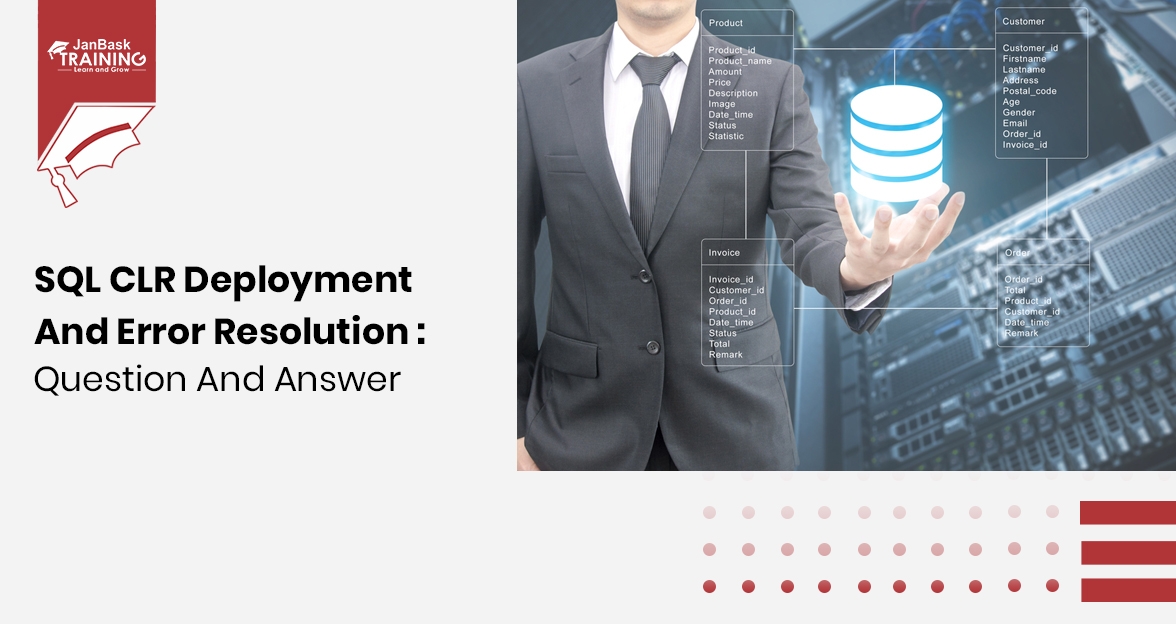 Grab Deal : Upto 30% off on live classes + 2 free self-paced courses - SCHEDULE CALL
Grab Deal : Upto 30% off on live classes + 2 free self-paced courses - SCHEDULE CALL

 Grab Deal : Upto 30% off on live classes + 2 free self-paced courses - SCHEDULE CALL
Grab Deal : Upto 30% off on live classes + 2 free self-paced courses - SCHEDULE CALL

Are you gearing up for SSDT (SQL Server Data Tools) interviews and seeking a comprehensive guide? Your search ends here! Delve into our meticulously curated Q&A guide designed to elevate your performance in SSDT interviews and bolster your confidence in SQL Server Data Tools. Whether you're aiming for a new position or aiming for a career advancement, we've got you covered with crucial insights and detailed answers to navigate your way through the intricacies of SQL Server Data Tools interviews.
Answer: SSDT is a development tool provided by Microsoft for building SQL Server databases, Integration Services (SSIS) packages, Analysis Services (SSAS) models, and Reporting Services (SSRS) reports. It's an integrated environment in Visual Studio that streamlines database development tasks.
Answer: Schema Compare in SSDT is used to compare and synchronize database schemas between a project and a target database. It helps identify differences in schema objects, such as tables, views, and procedures, allowing developers to update the database schema to match the project.
Answer: DACPAC stands for Data-tier Application Component Package. It's a portable and self-contained unit that contains the metadata and deployment scripts needed to deploy a database. DACPACs are used in SSDT for database version control, deployment, and schema management.
Answer: SSDT integrates with version control systems like Git and Team Foundation Server (TFS). Developers can check-in and check-out changes, track history, and collaborate on database projects. SSDT also supports schema comparisons to identify differences between project and database versions.
Answer: The SSDT Database Project is a Visual Studio project type that enables developers to manage and organize database-related artifacts such as tables, views, stored procedures, and scripts. It facilitates version control, continuous integration, and easy deployment of database changes.
Answer: SSDT supports the creation of database unit tests using a framework called SQL Server Unit Testing. Developers can write T-SQL test scripts to validate the correctness of database objects and functions. These tests can be automated and executed as part of a continuous integration pipeline.
Answer: Data Compare in SSDT is a feature that allows developers to compare and synchronize data between a source and target database. It helps identify and reconcile differences in data, ensuring consistency between development and production databases.
Answer: SSDT supports database deployment through DACPACs. Developers can build a DACPAC from their database project and then deploy it to a target SQL Server instance using tools like SQL Server Management Studio (SSMS) or the command-line utility SqlPackage.exe.
Answer: The Publish feature in SSDT is used to deploy database changes to a target server. It generates a deployment script based on the differences between the project and the target database, allowing developers to review and apply changes, ensuring a controlled and efficient deployment process.
Answer: SSDT provides built-in support for Azure SQL Database projects, allowing developers to create, manage, and deploy databases to the Azure cloud. It simplifies the development and deployment of databases in a cloud environment, leveraging Azure's scalability and features.
SQL Server Training & Certification

Remember, these answers provide a brief overview, and it's crucial to have a deeper understanding of these concepts for a successful SSDT interview. Enrolling for our SQL training and certification course to gain a better understanding of the critical concepts of SQL.

SQL Server MERGE Statement: Question and Answer


Mastering INSERT and OVER DML Syntax: Interview Questions Guide

SQL CLR Deployment and Error Resolution: Question and Answer

Cyber Security

QA

Salesforce

Business Analyst

MS SQL Server

Data Science

DevOps

Hadoop

Python

Artificial Intelligence

Machine Learning

Tableau
Download Syllabus
Get Complete Course Syllabus
Enroll For Demo Class
It will take less than a minute
Tutorials
Interviews
You must be logged in to post a comment